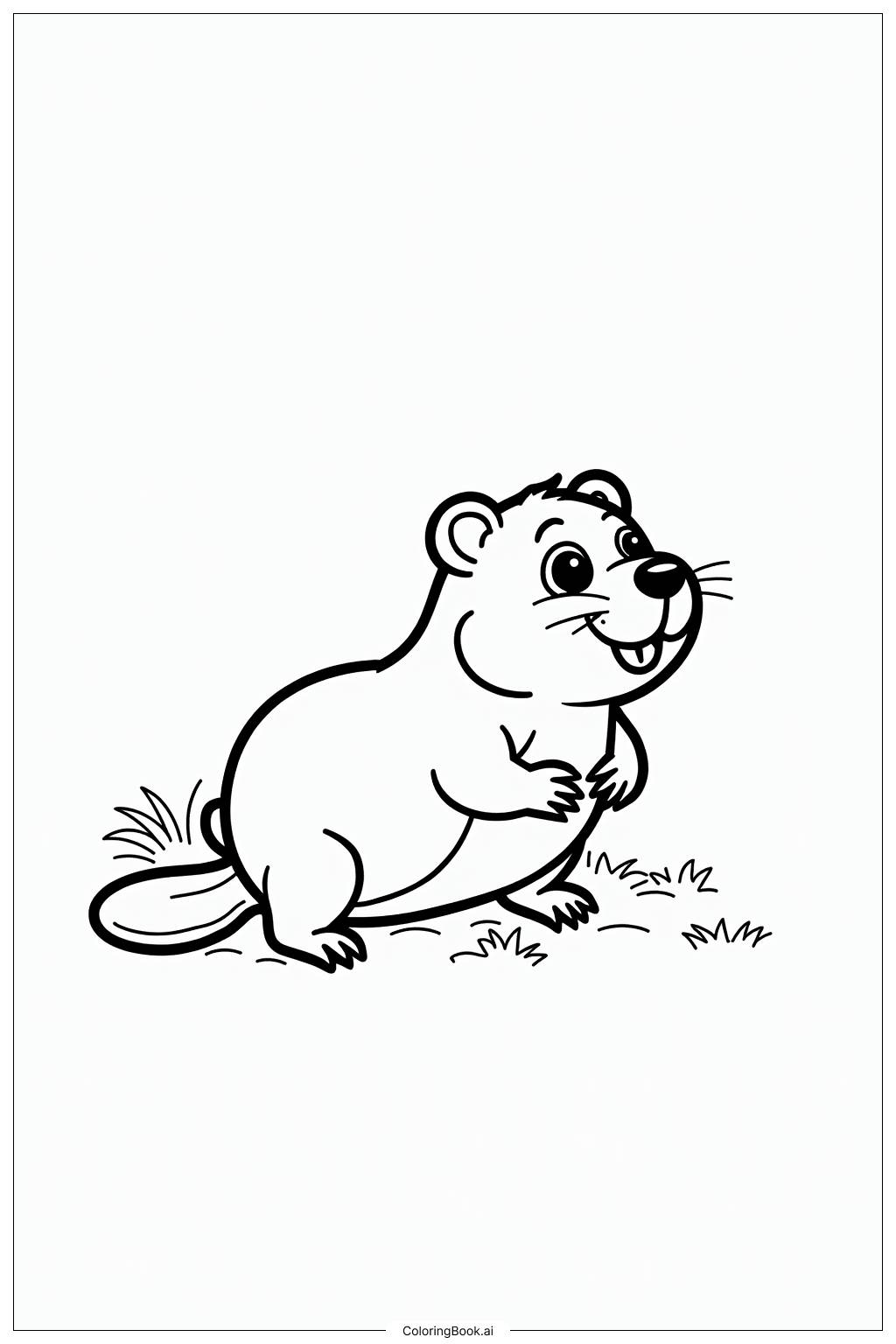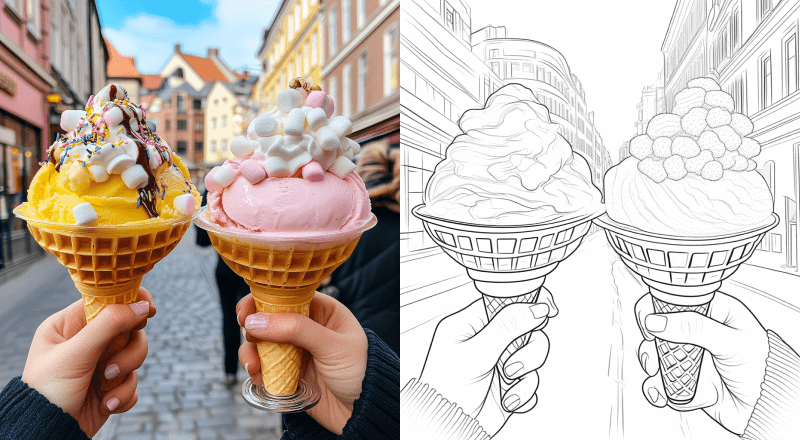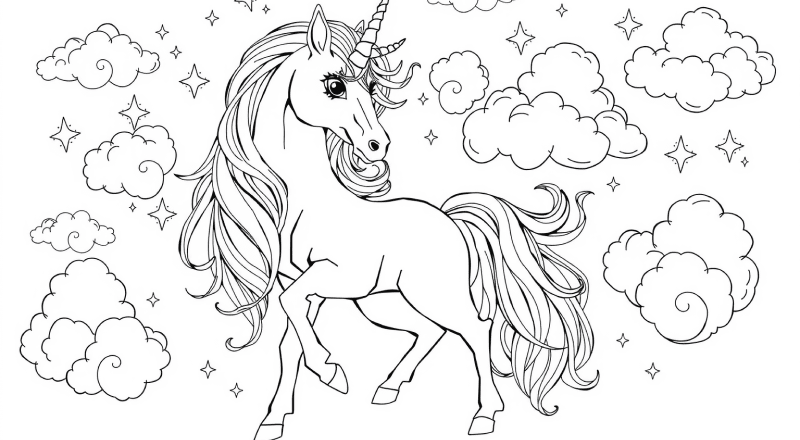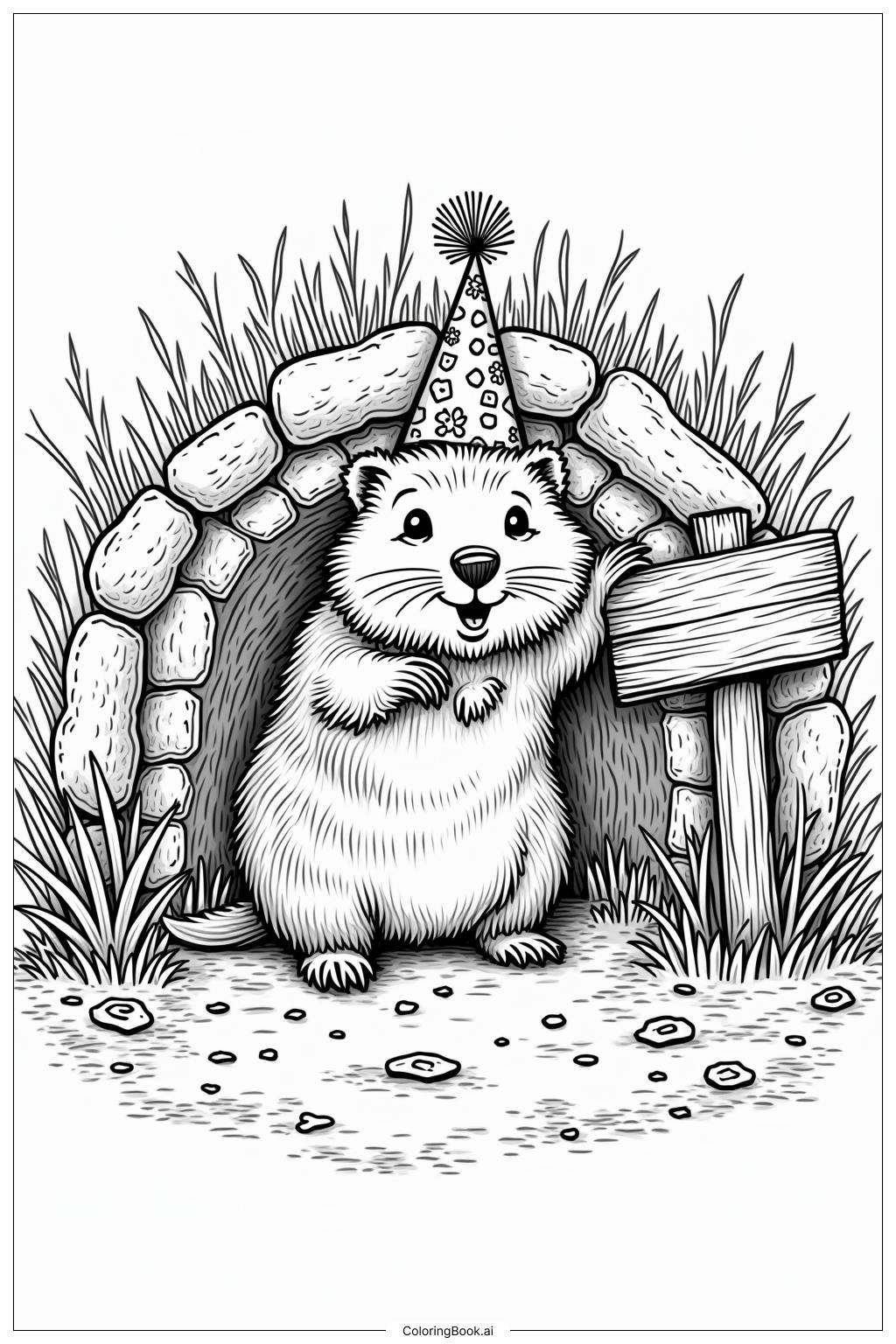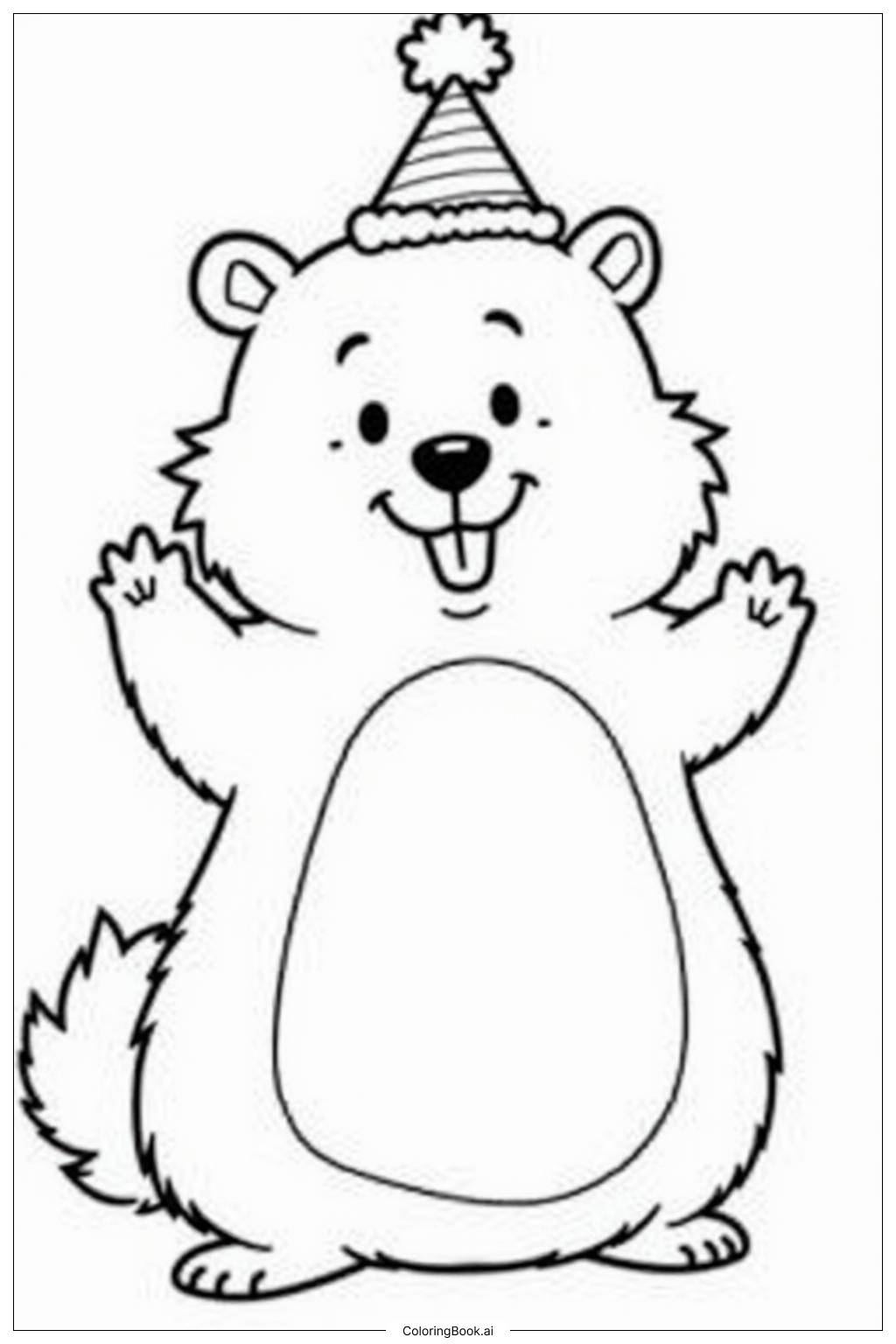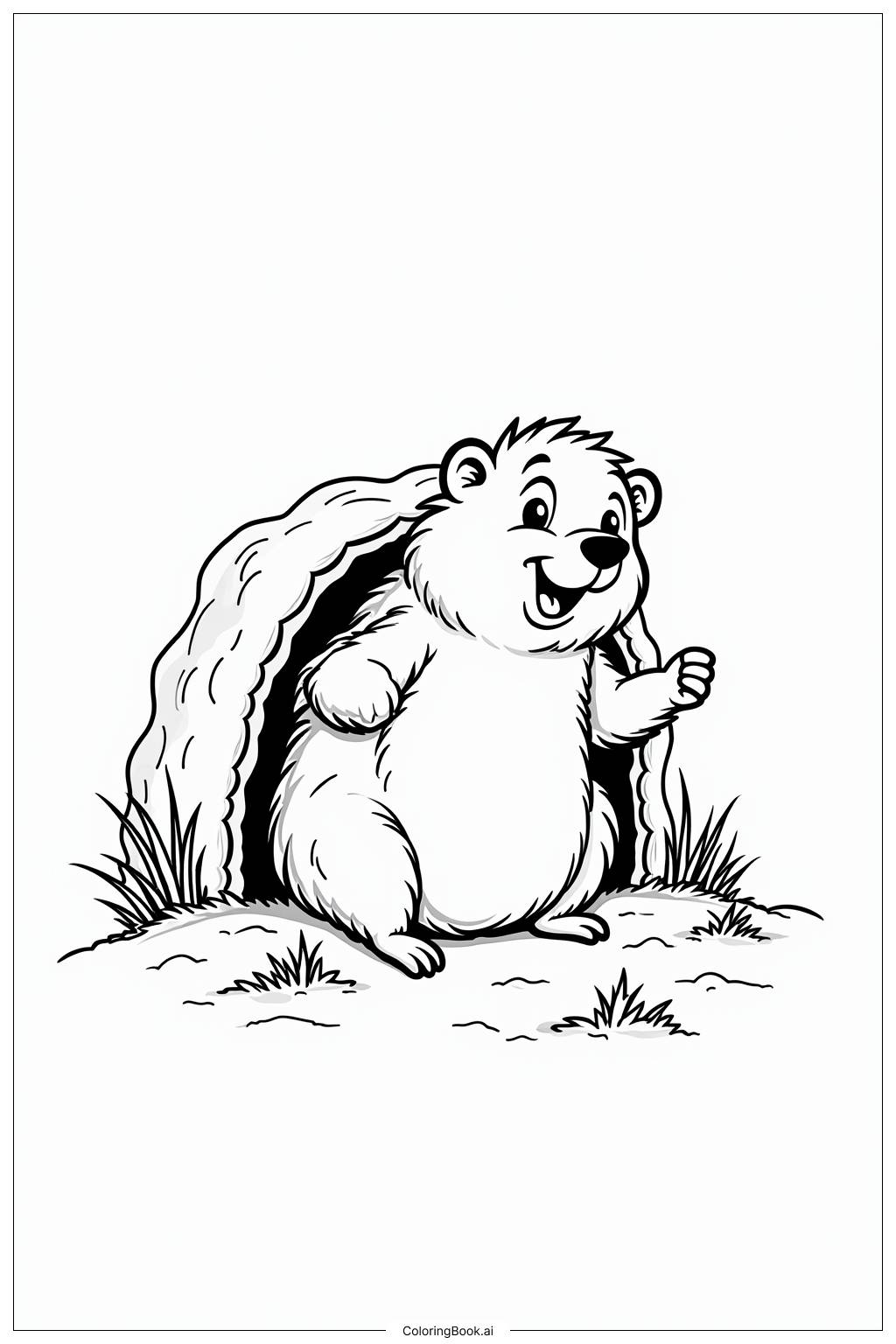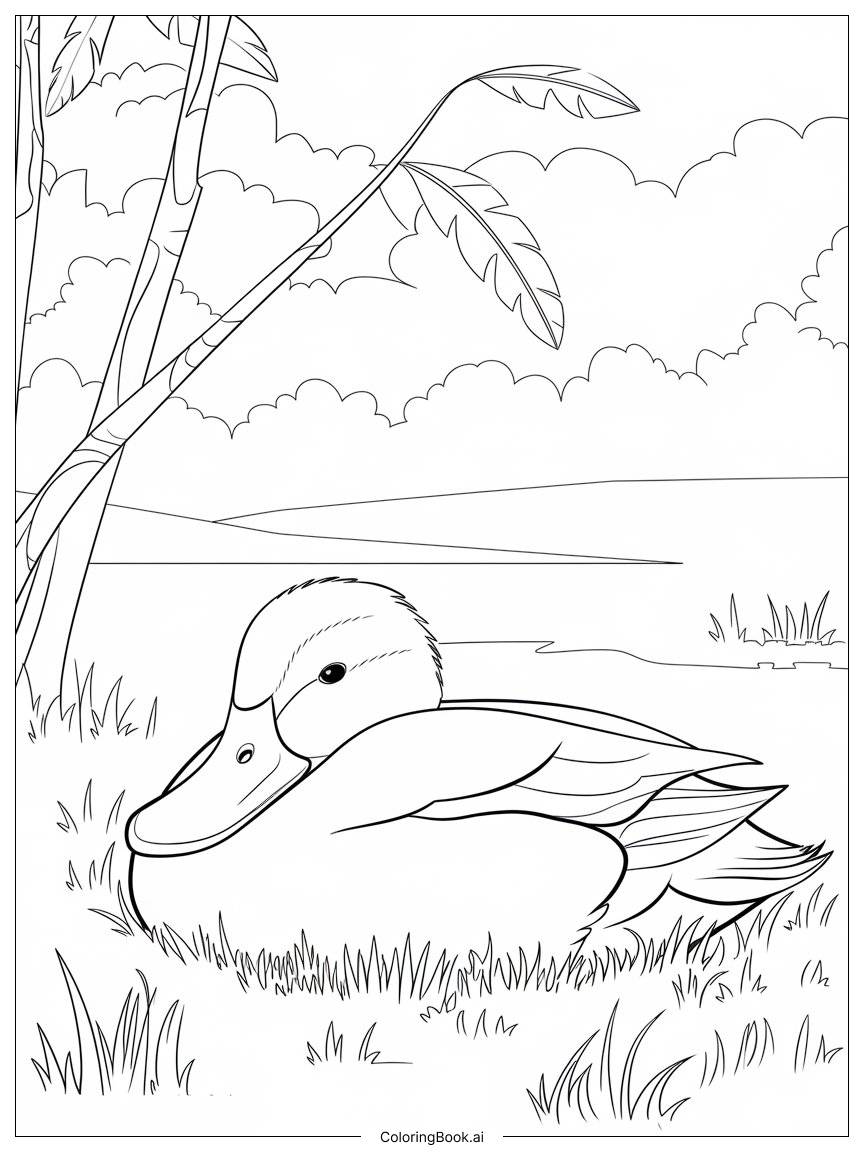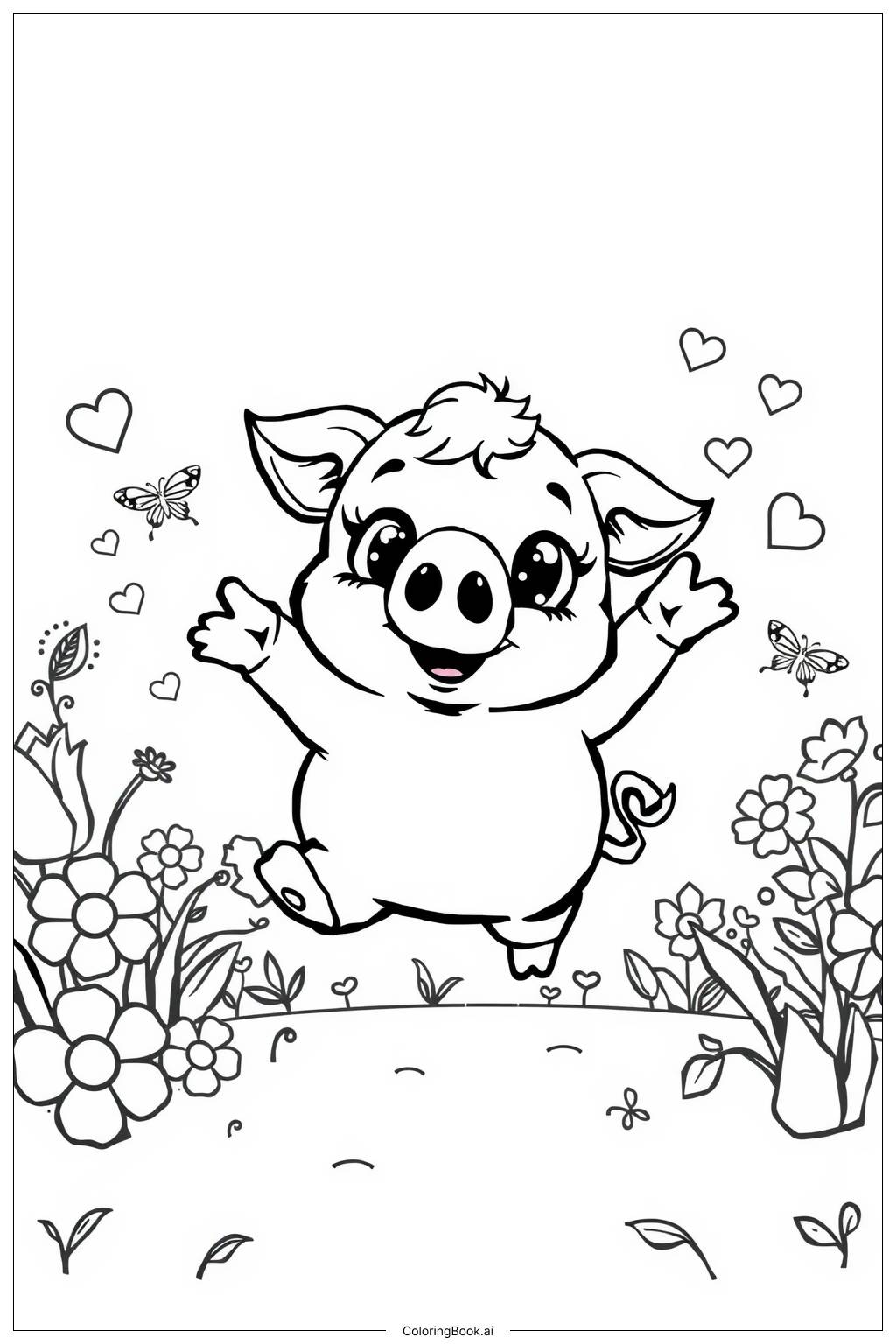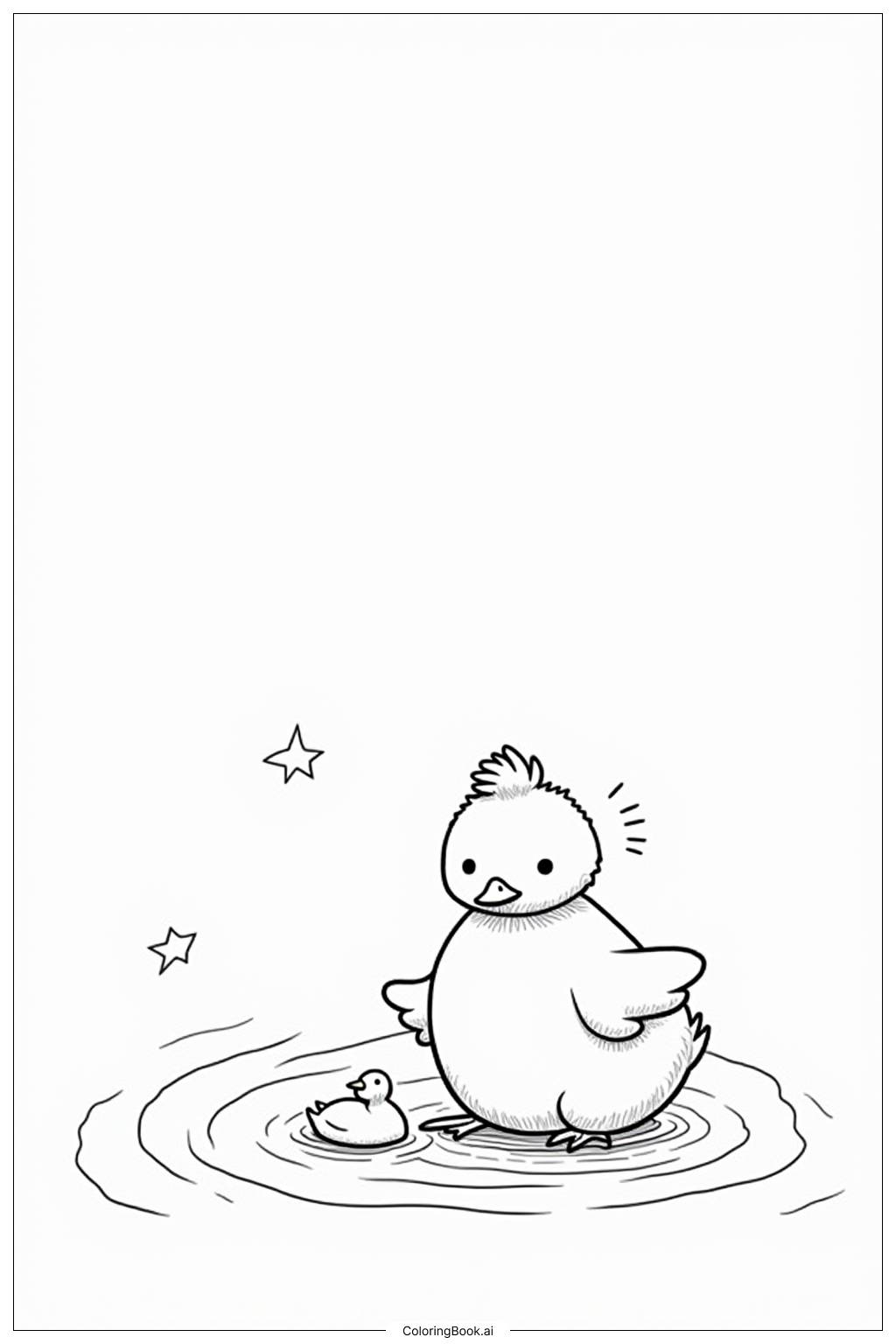Coloring tips: How to color Ground Hog Looking for Food coloring page well?
For the groundhog, use shades of brown or gray. You could mix light and dark tones for a more realistic effect. The groundhog's paws can be a lighter shade, while the belly can be a creamy color. The grass around it can be bright green, and you might add some yellow or orange flowers for extra color. Use blue or light colors for the sky if you want to add a background. Don't hesitate to be creative; you can even use your favorite colors!
Coloring challenges: Which parts are difficult to color and need attention for Ground Hog Looking for Food coloring page?
1. Color Blending: Blending different shades to create a smooth transition can be tricky. For example, mixing light and dark browns on the groundhog may take practice. 2. Small Details: The groundhog has small features like whiskers and toes that require careful coloring. It can be difficult to stay within these small lines. 3. Background Elements: Coloring the grass and any additional background elements like flowers can be challenging. It might be hard to decide which colors to use and where to place them. 4. Shading Techniques: If children want to add shading for depth, they may struggle to know where to place darker tones. Understanding light and shadow can be complex for younger kids.
Benefits of coloring books: Advantages of drawing Ground Hog Looking for Food coloring page
Coloring this groundhog can bring many benefits. It encourages creativity as children choose colors and design the scene. It also helps improve fine motor skills as they control their coloring tools carefully. Coloring can be a relaxing activity, reducing stress and promoting calmness. Additionally, it boosts focus and concentration; kids need to pay attention to details in the drawing. Lastly, it can increase confidence as they complete their artwork, leading to a sense of accomplishment.
